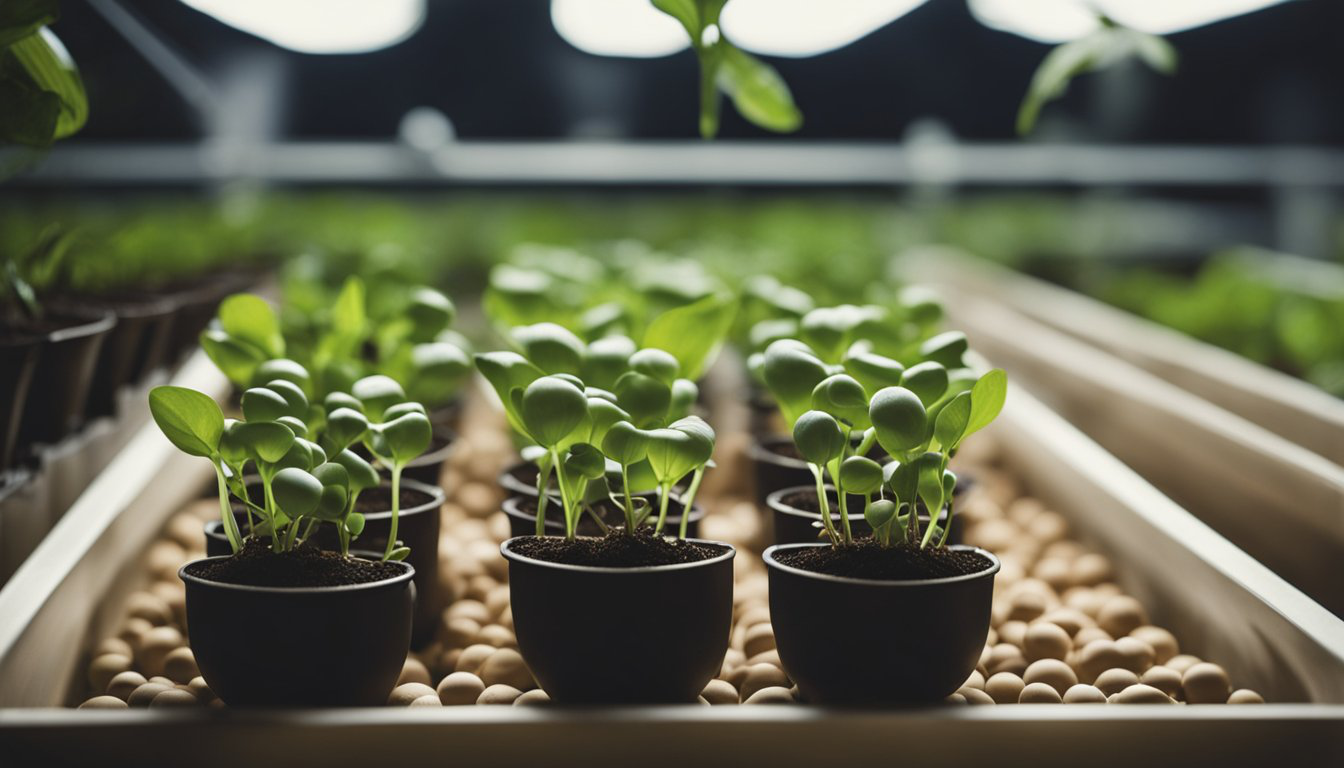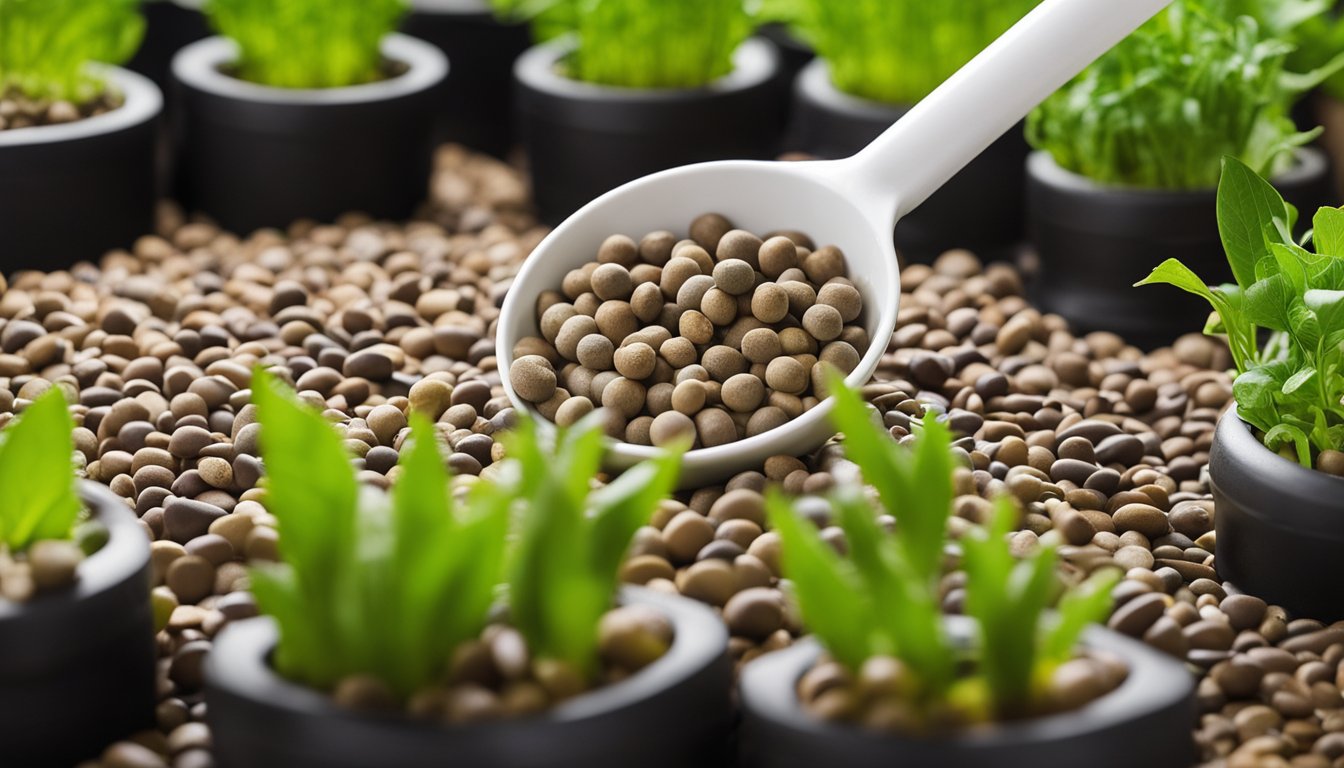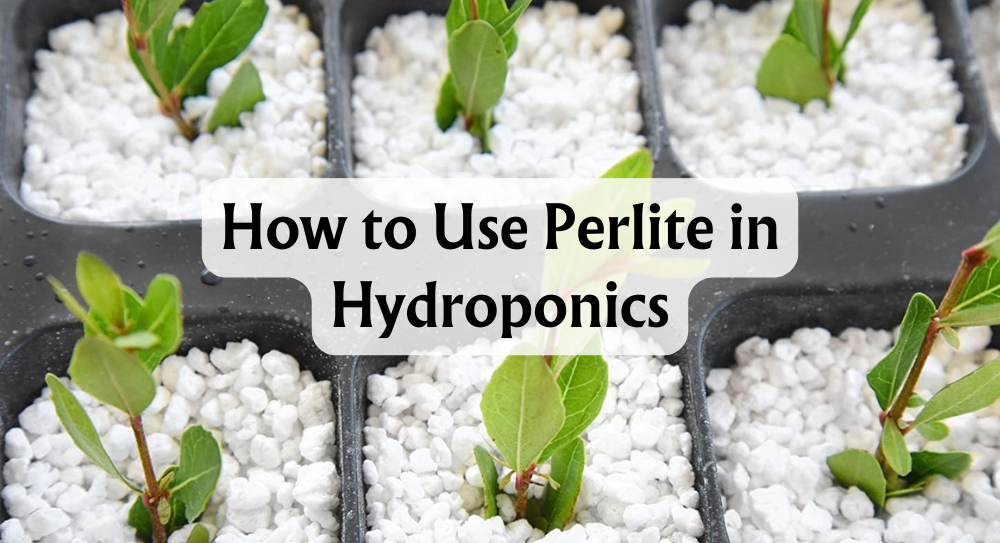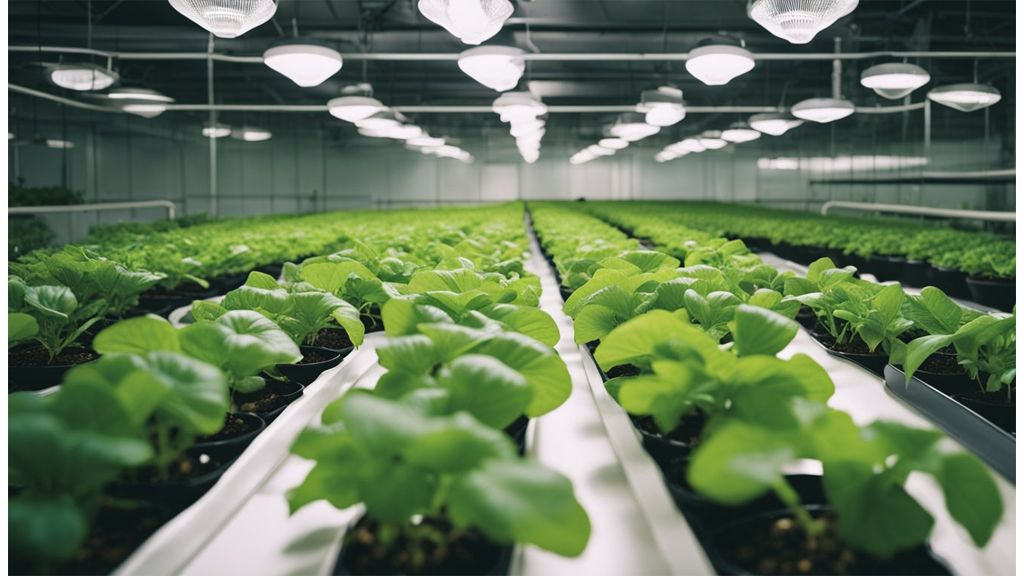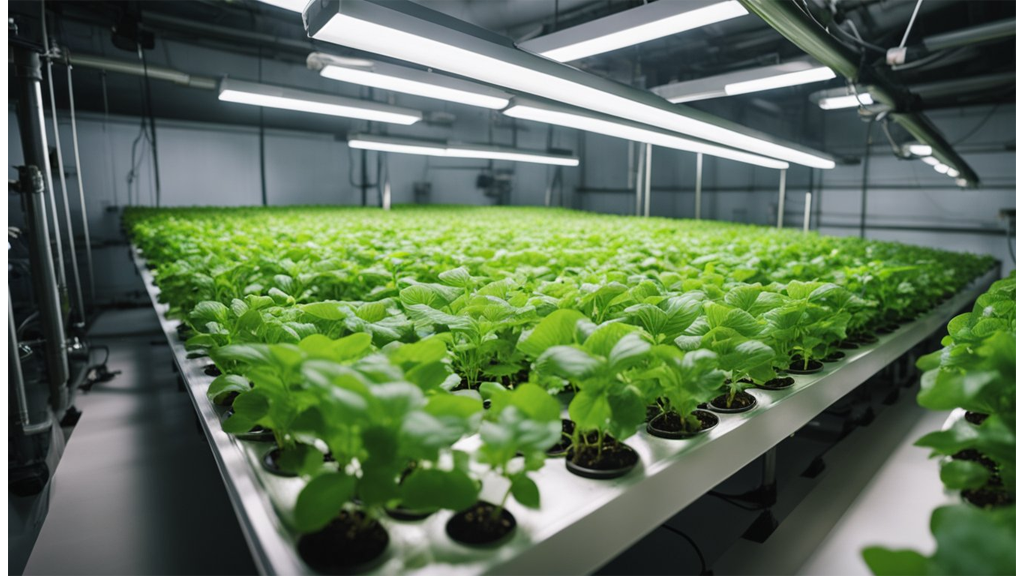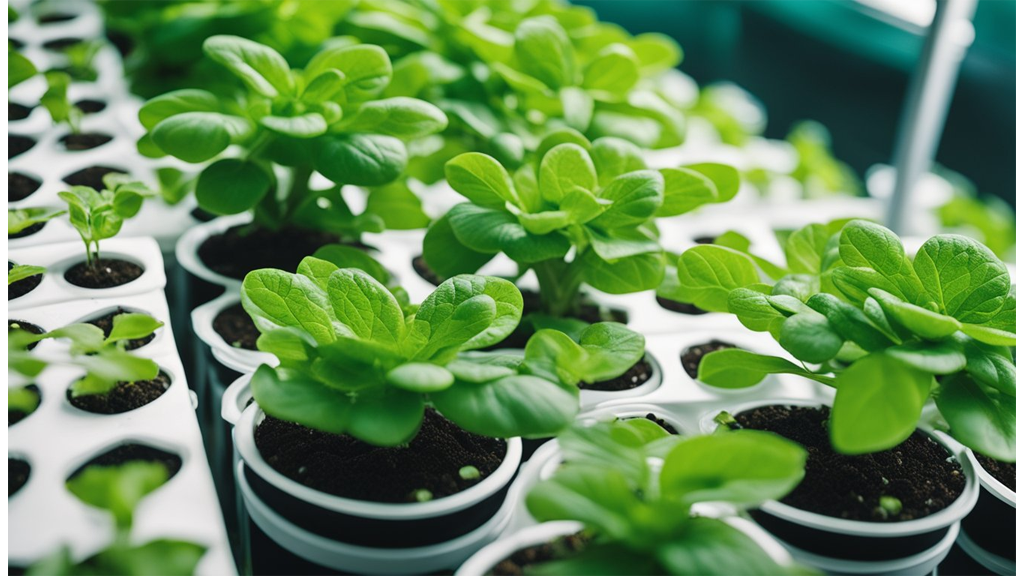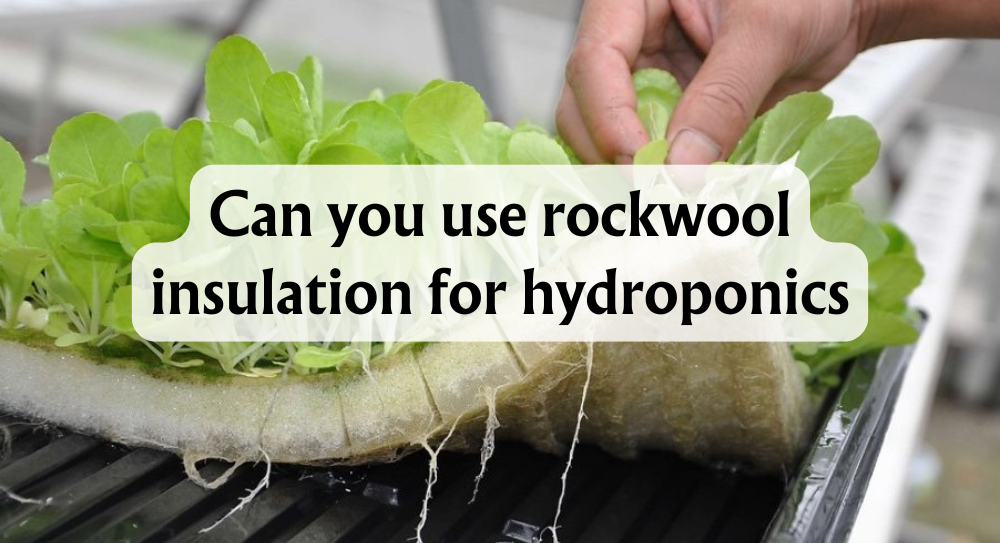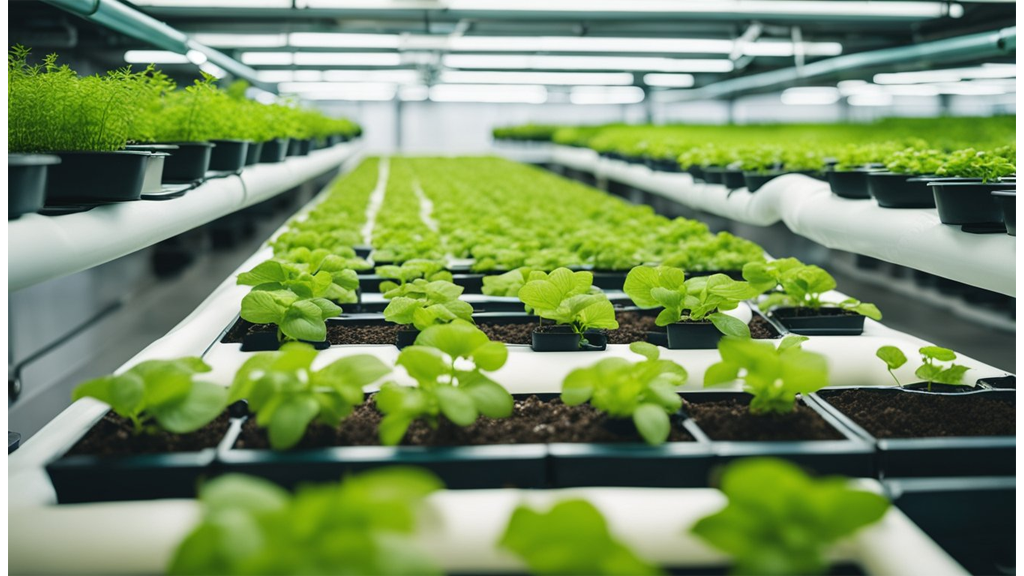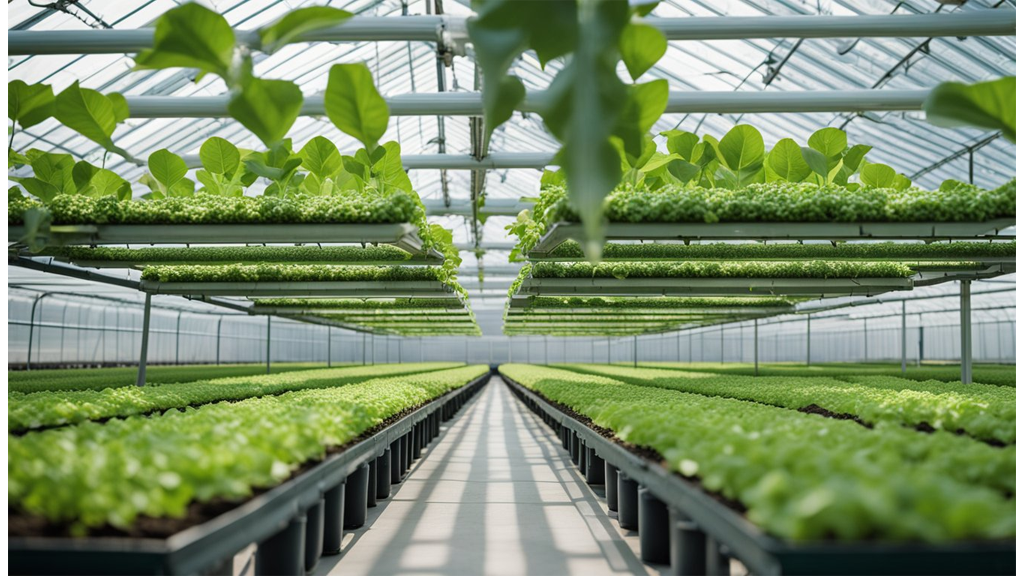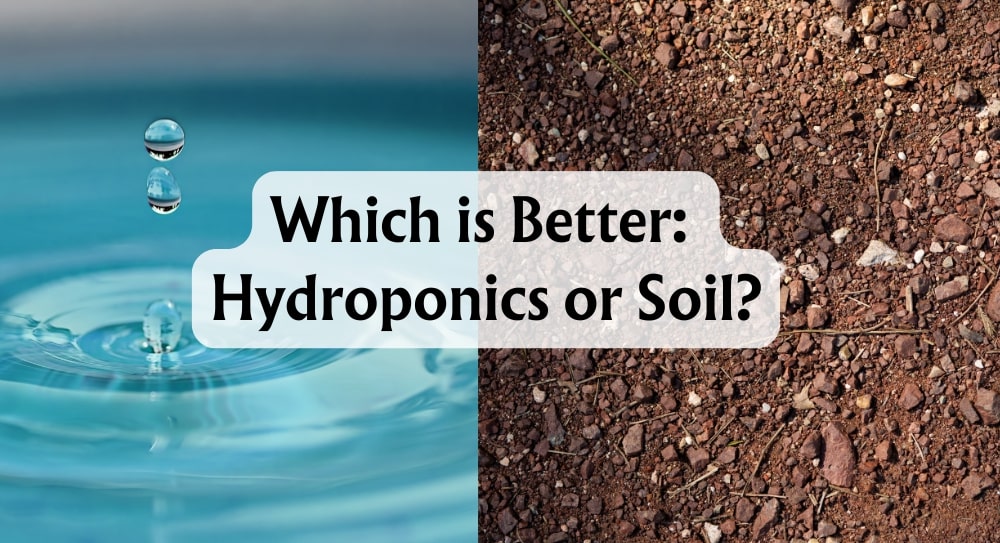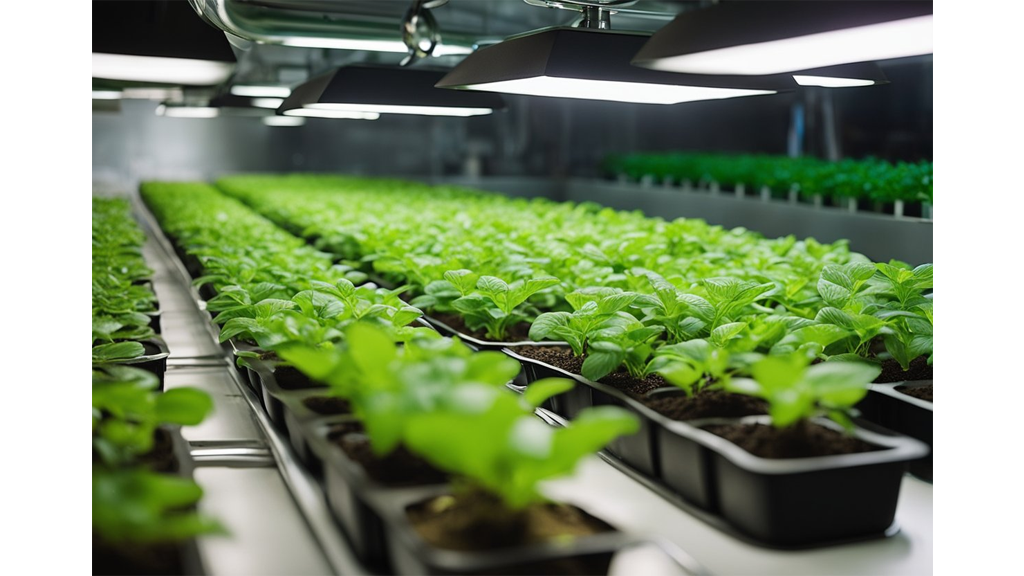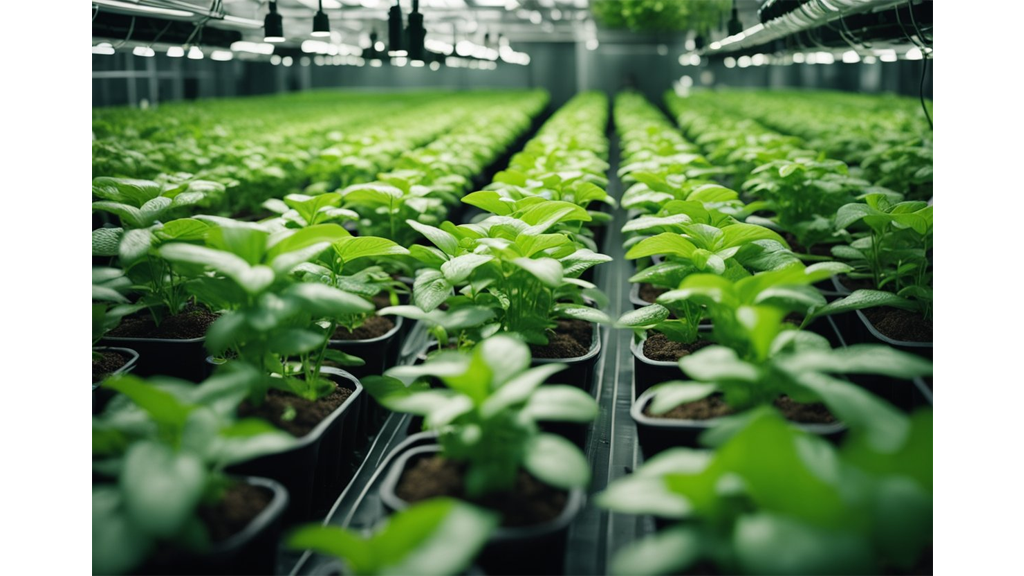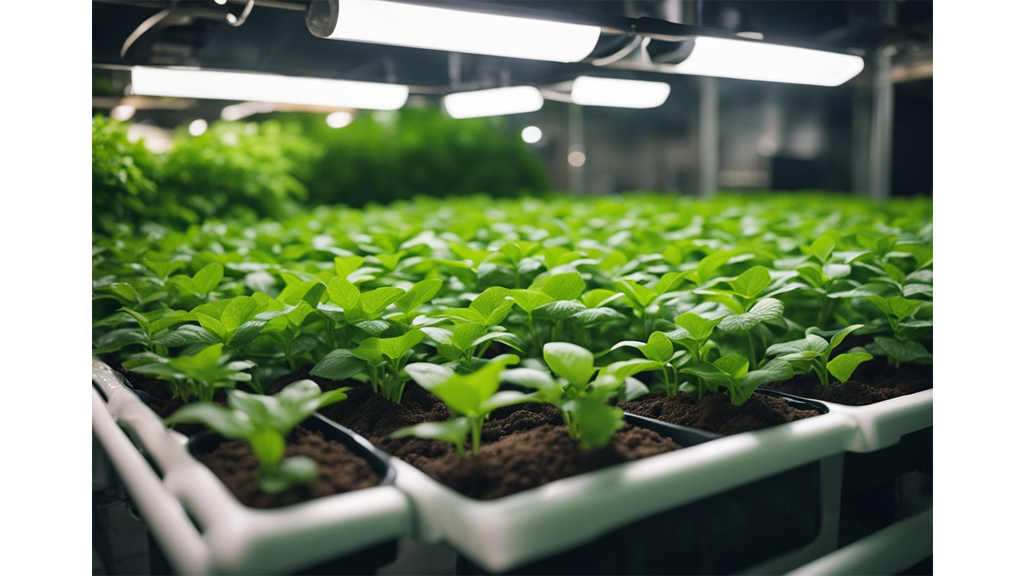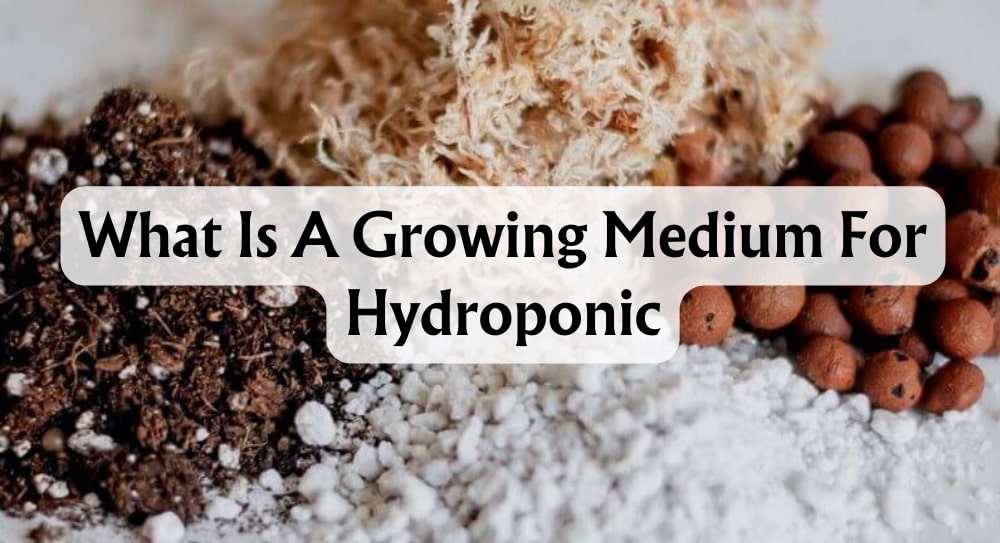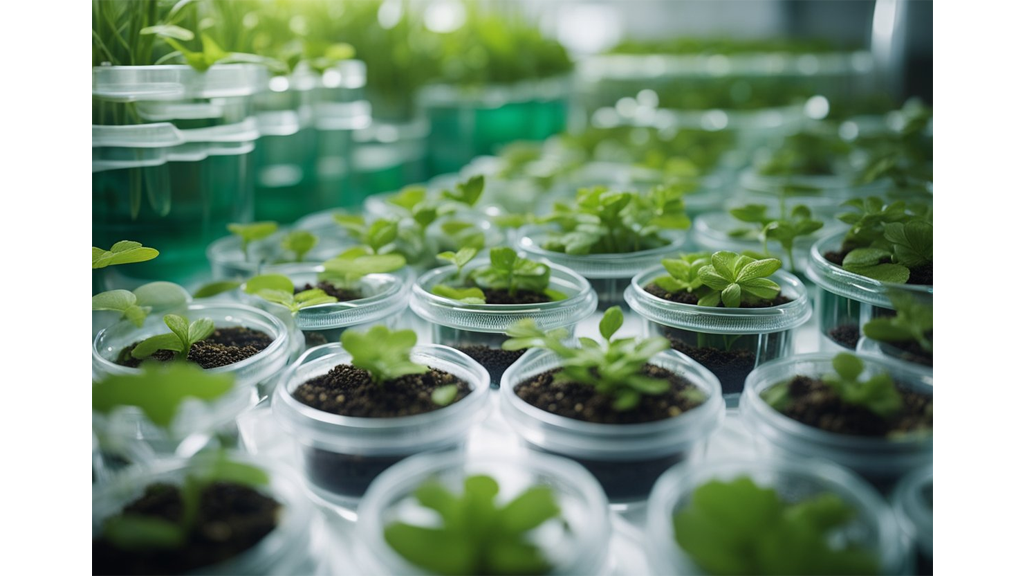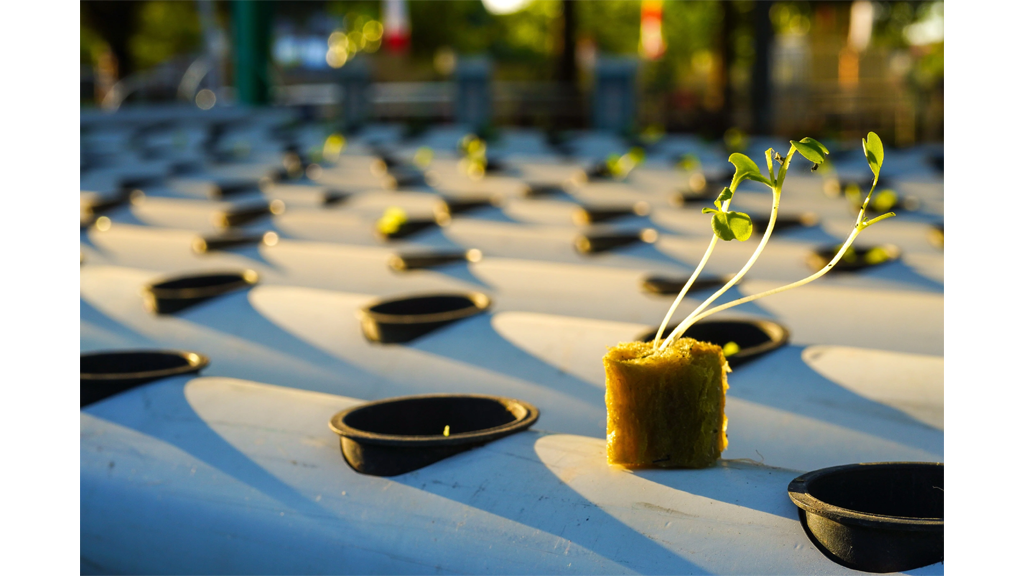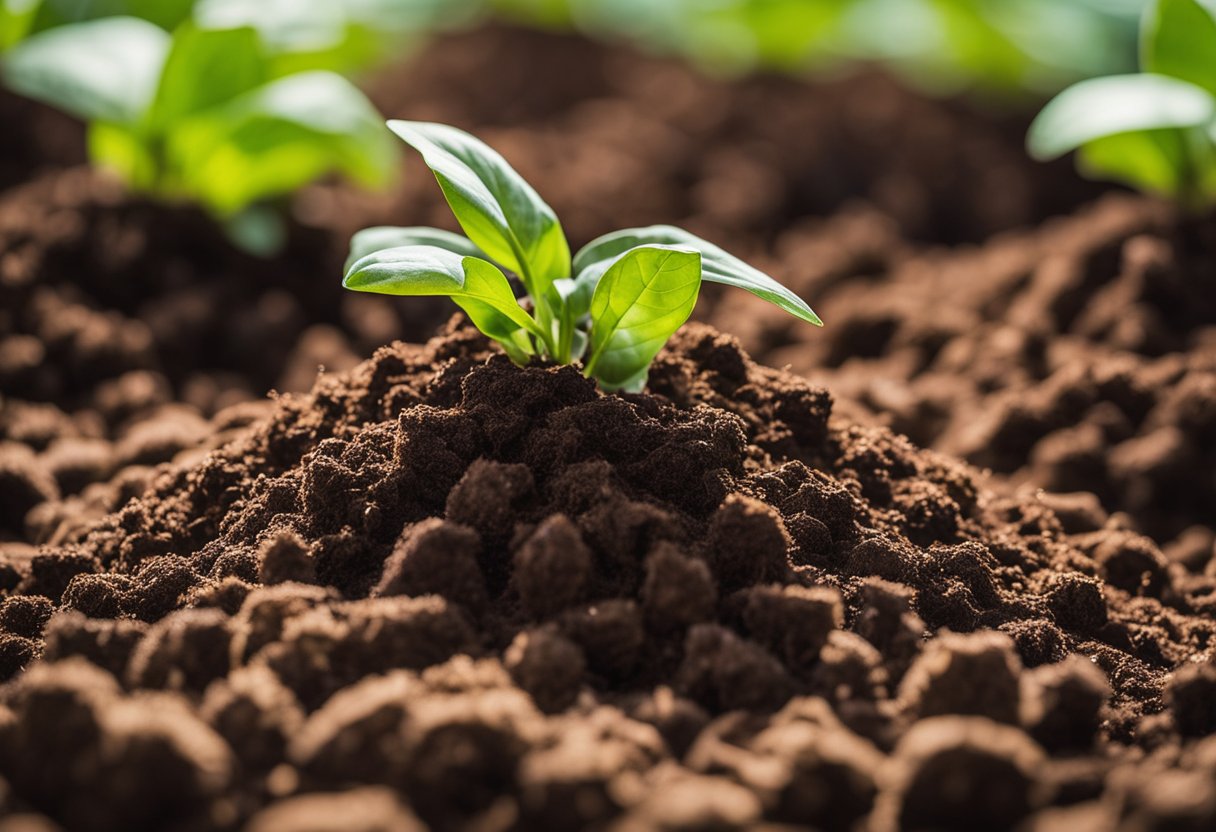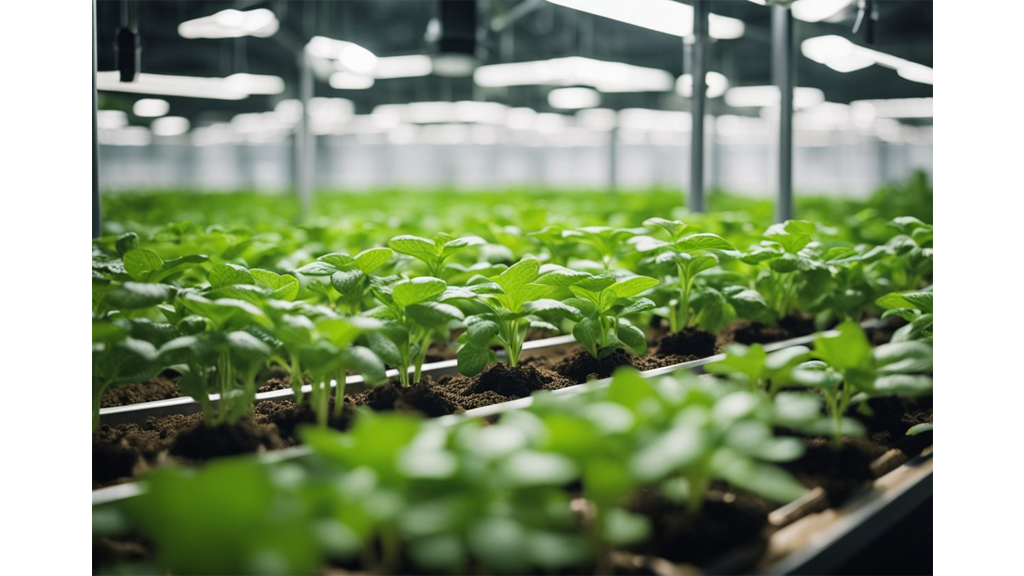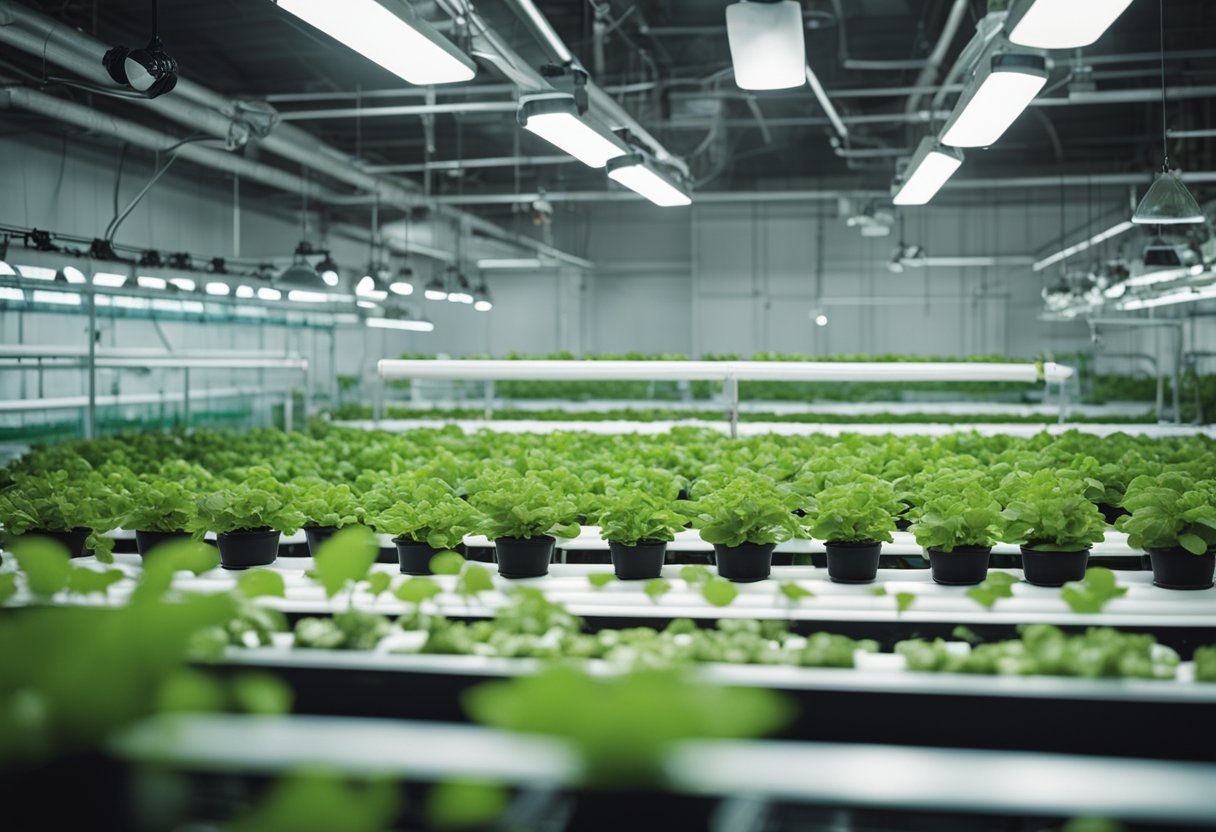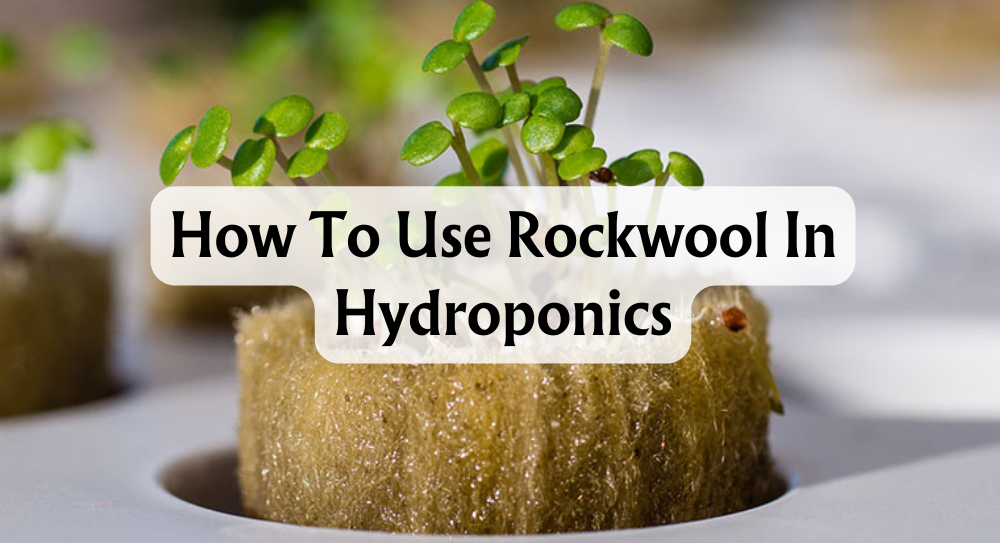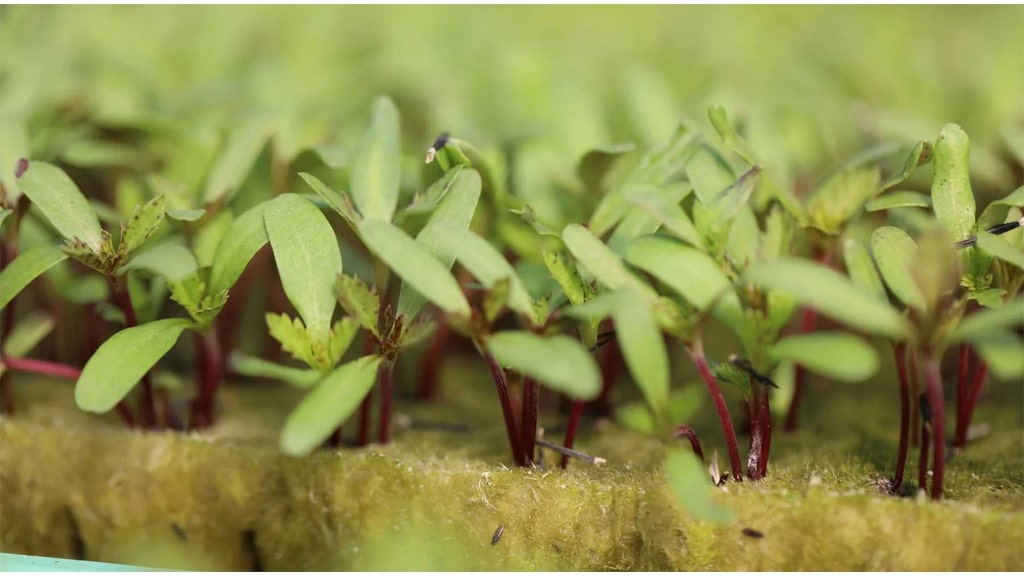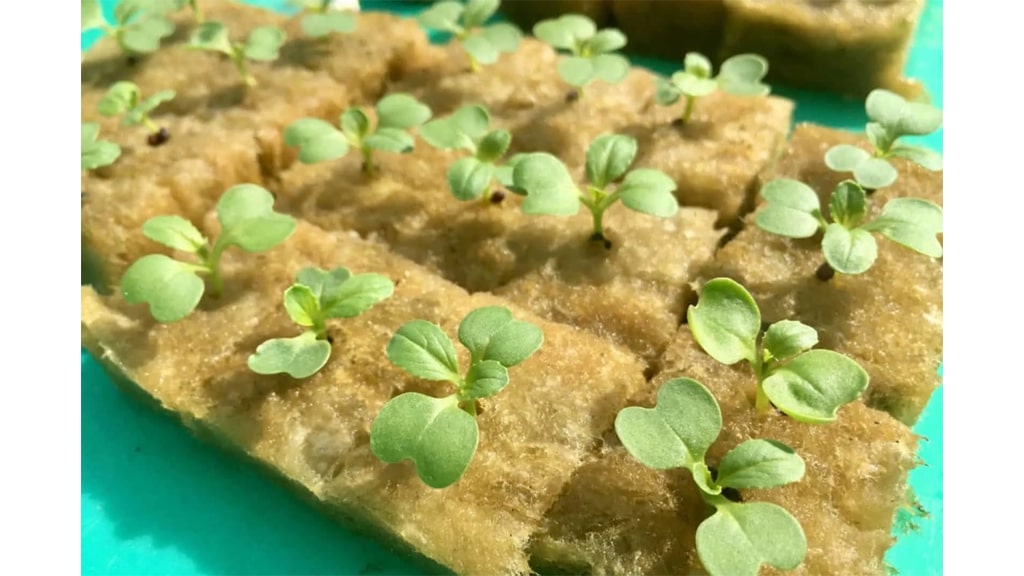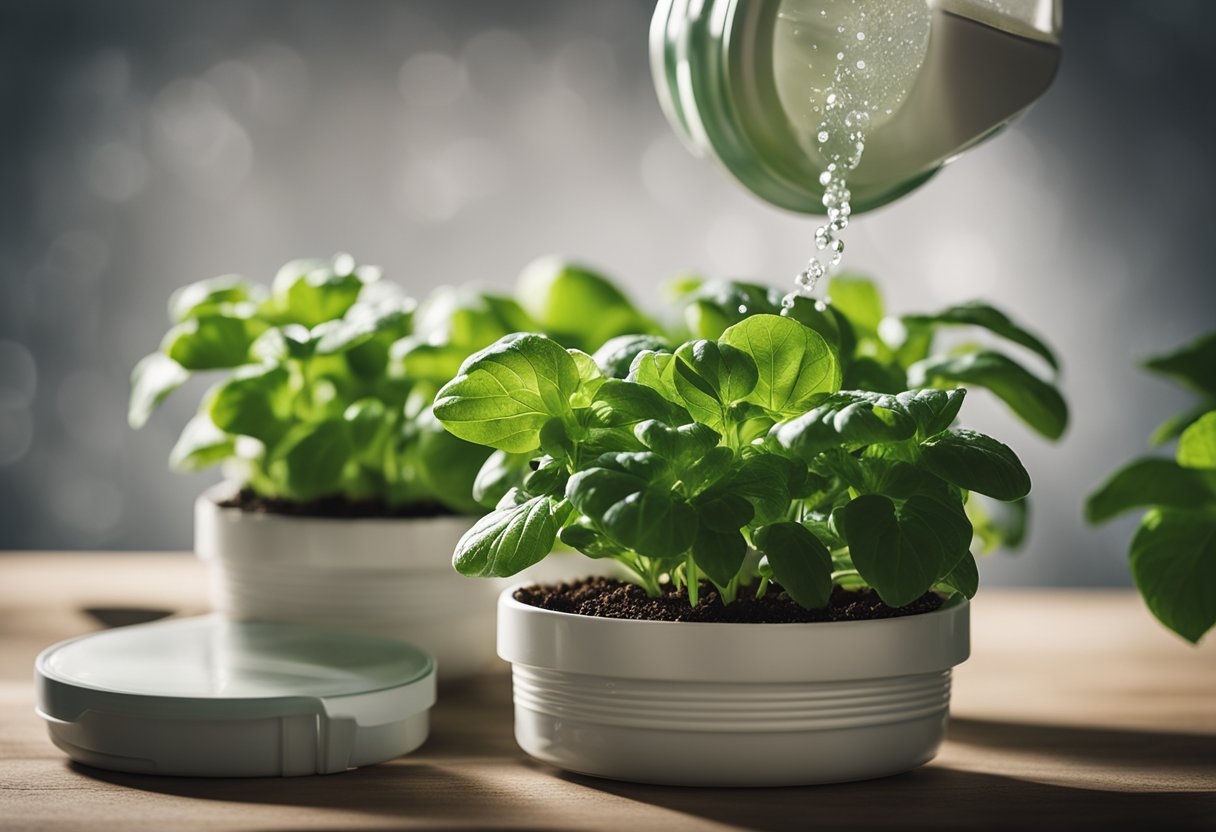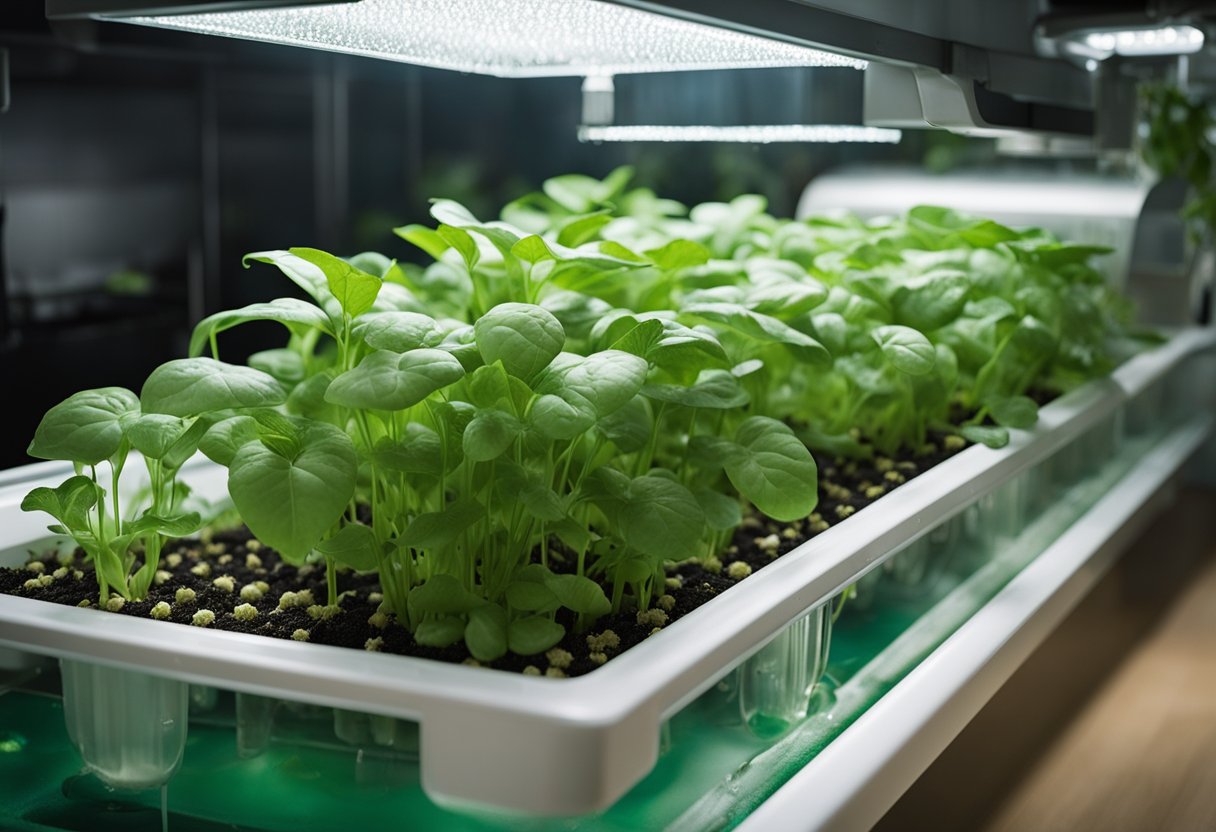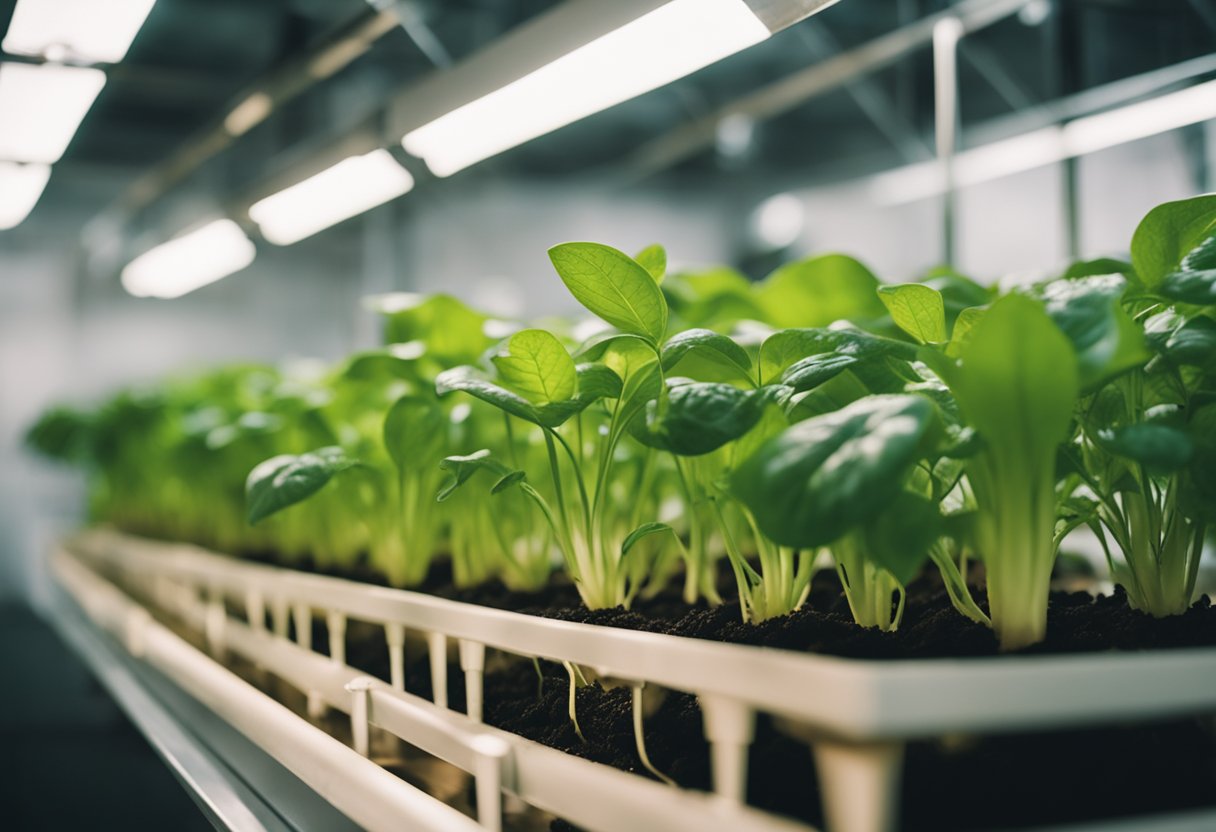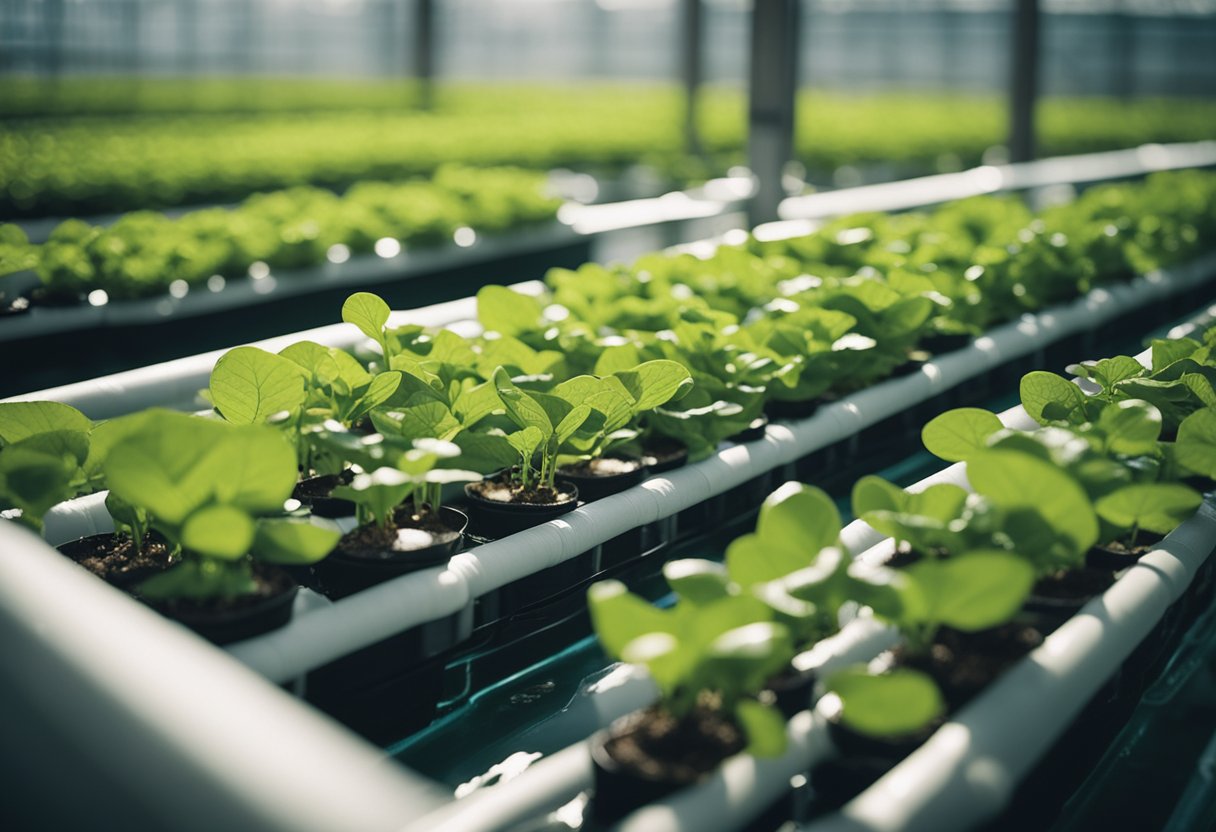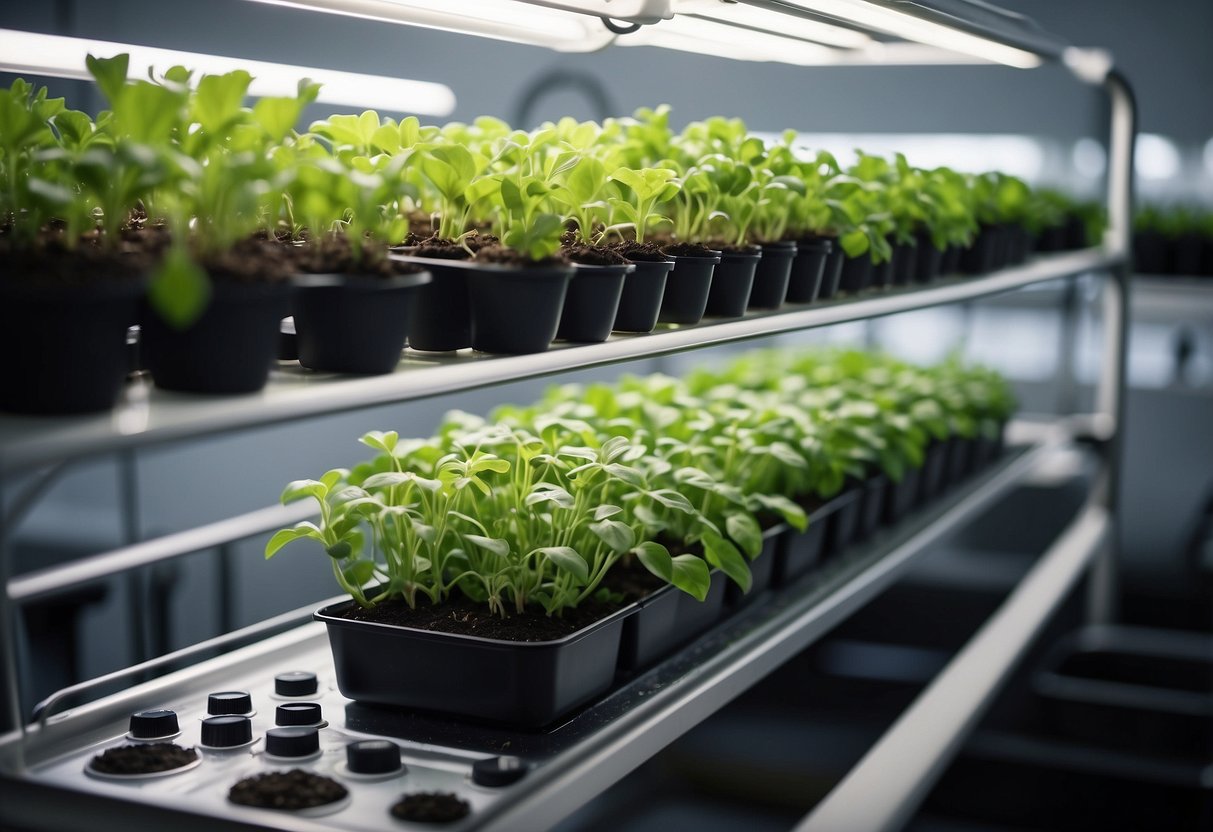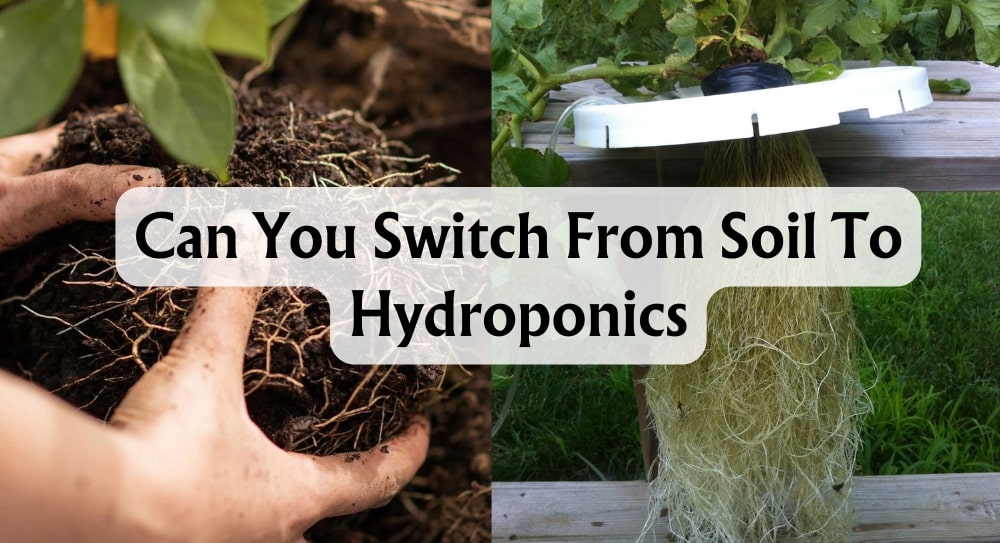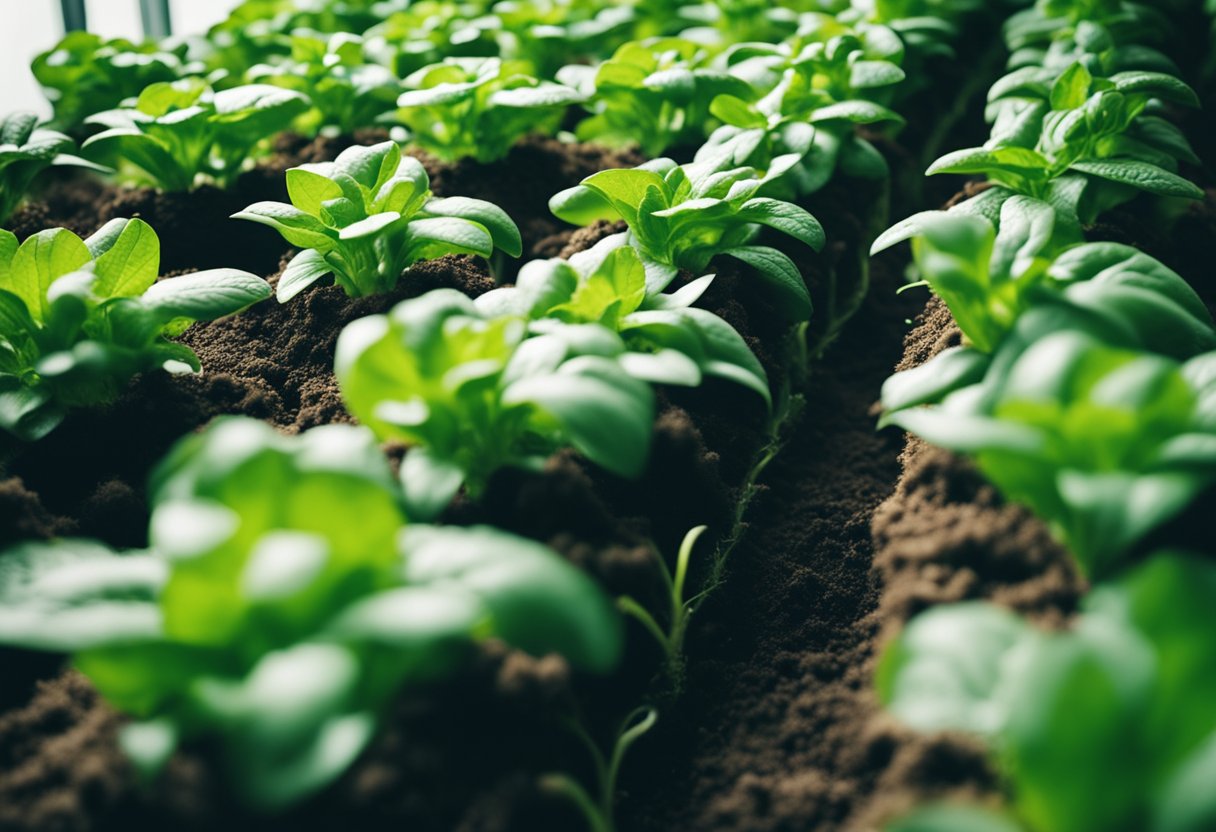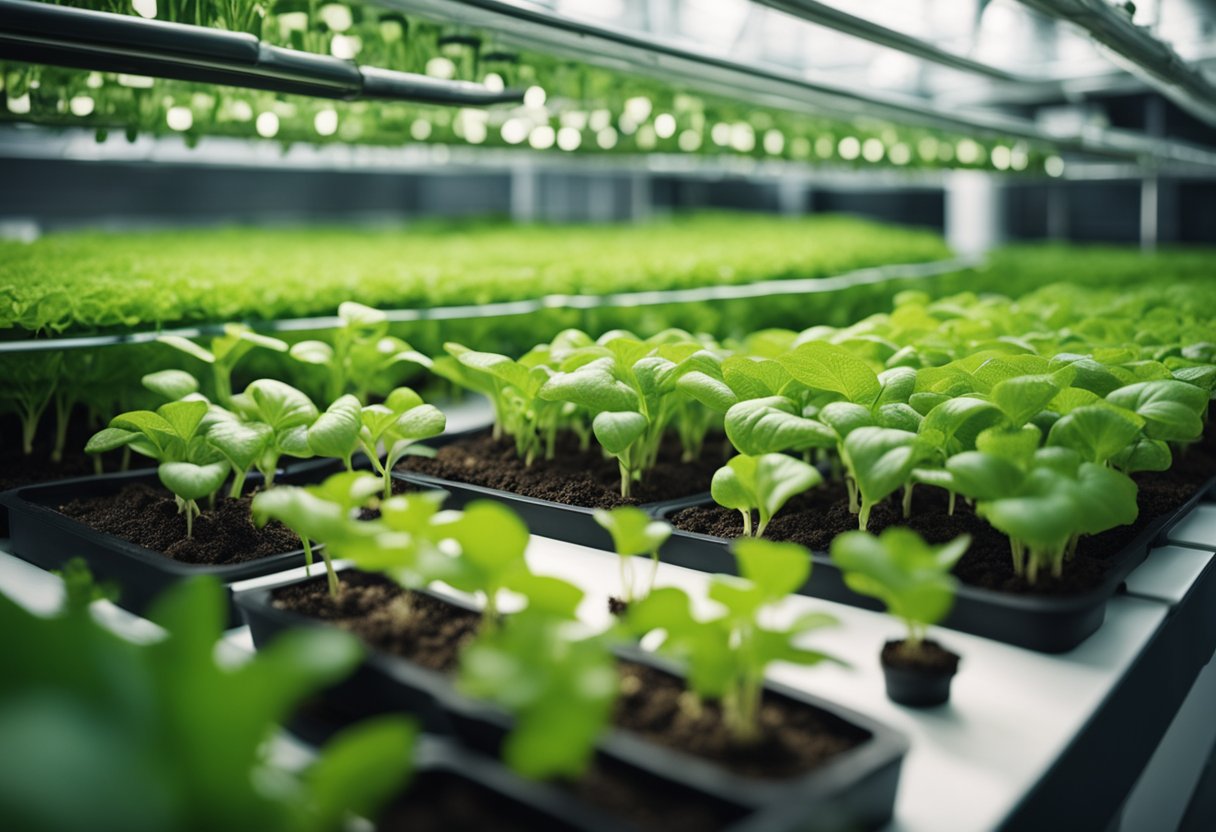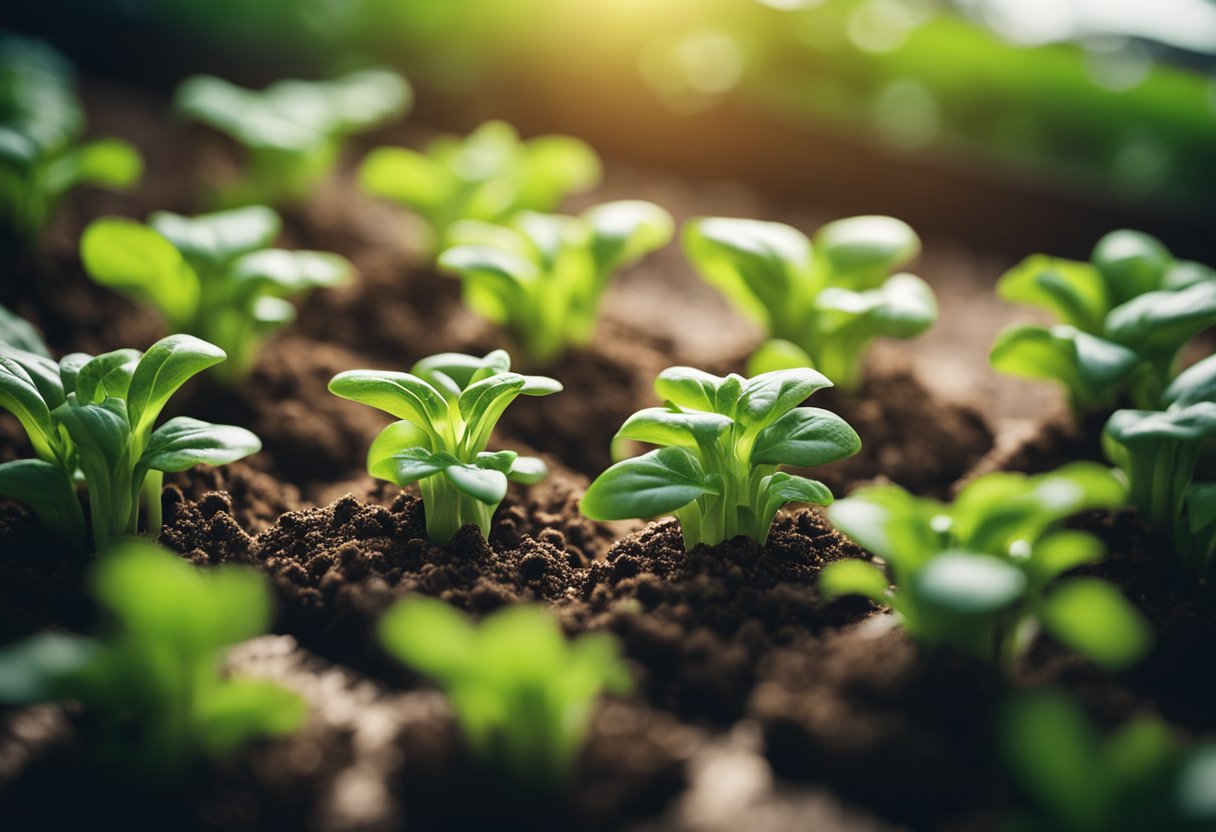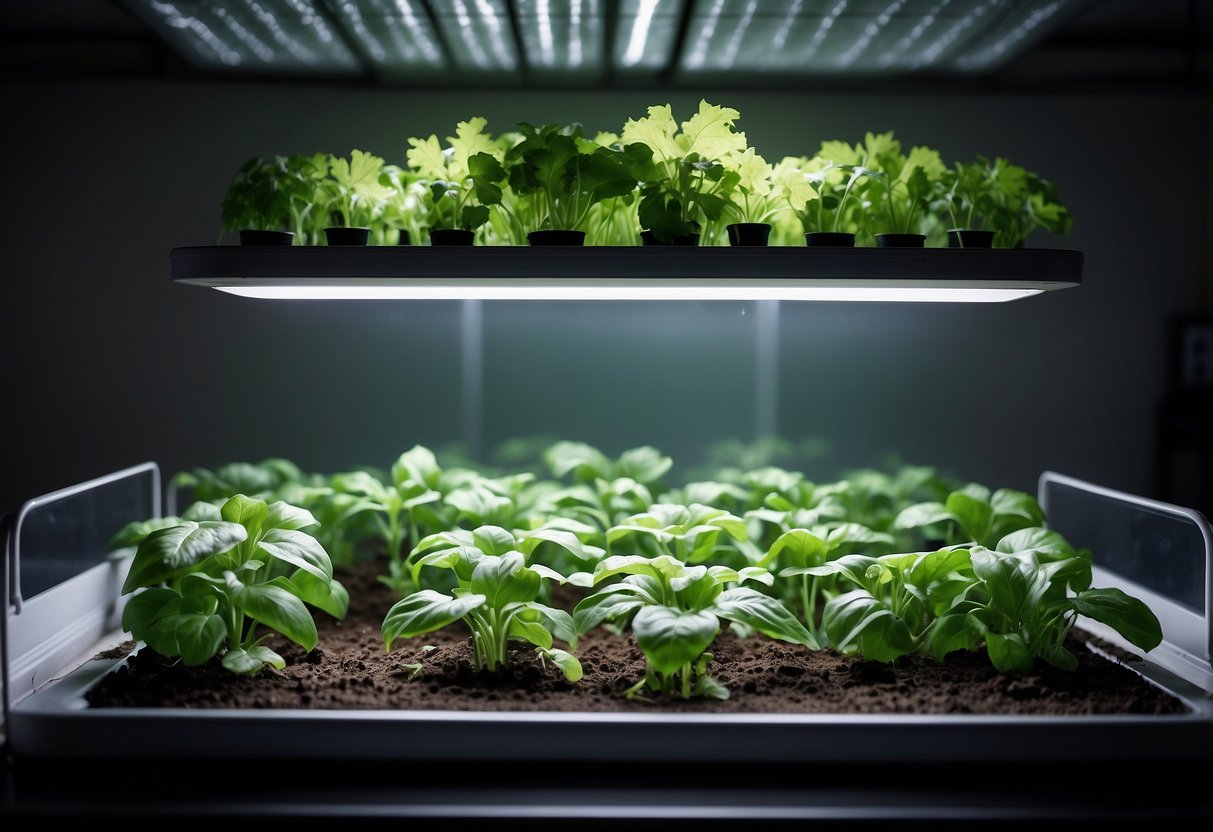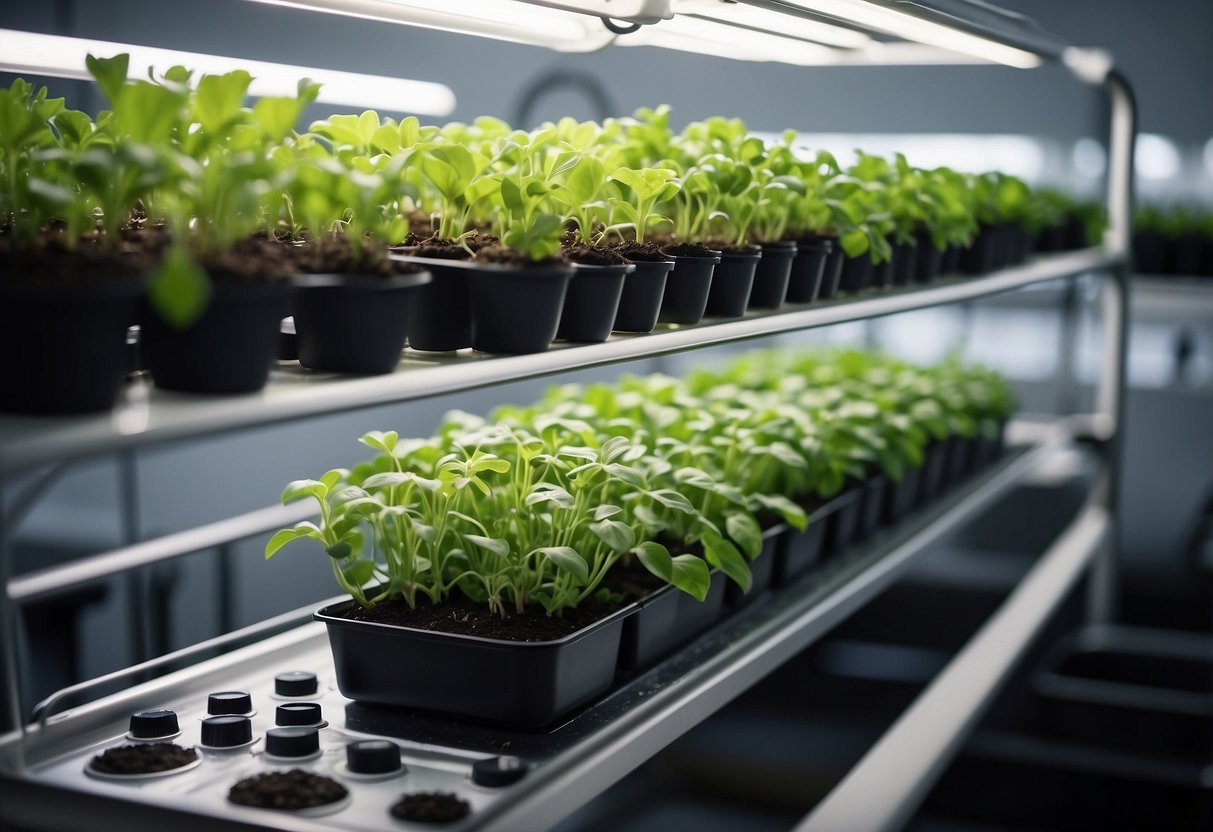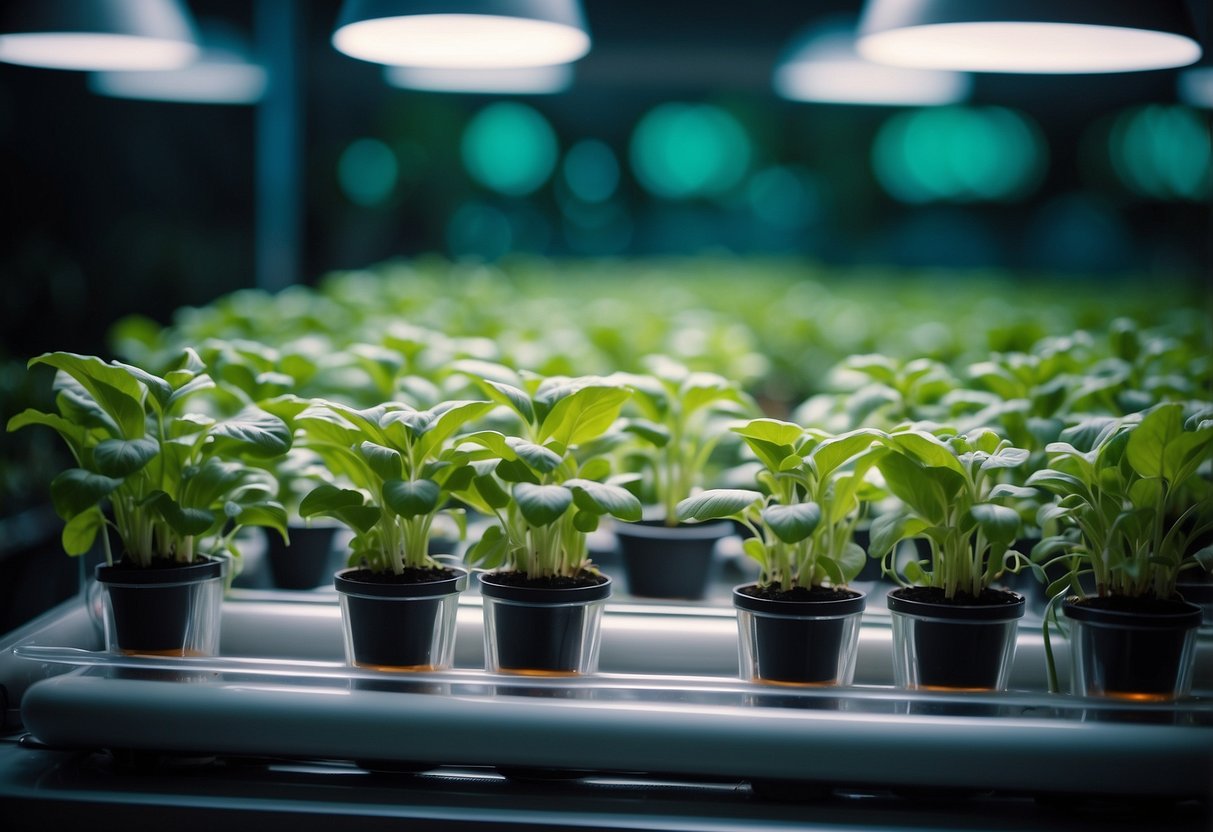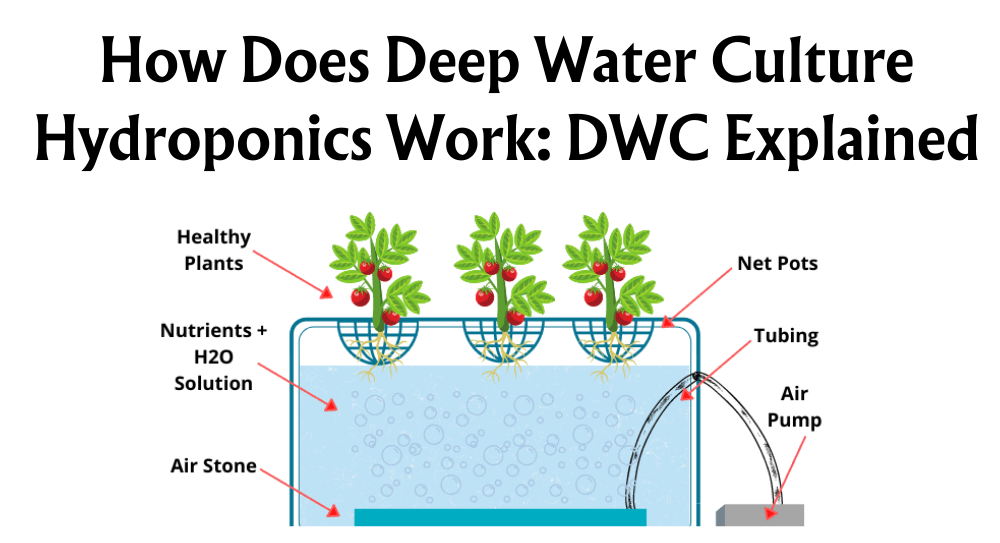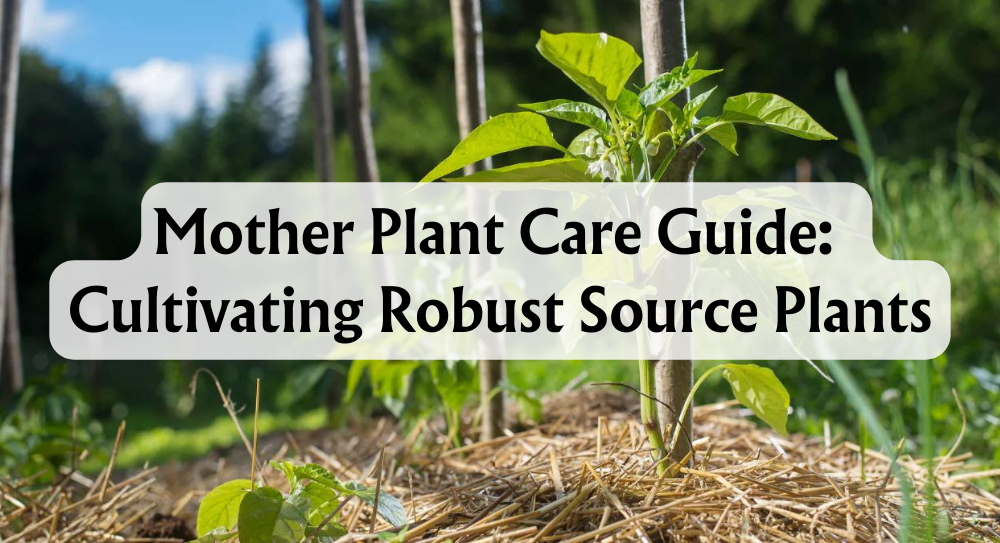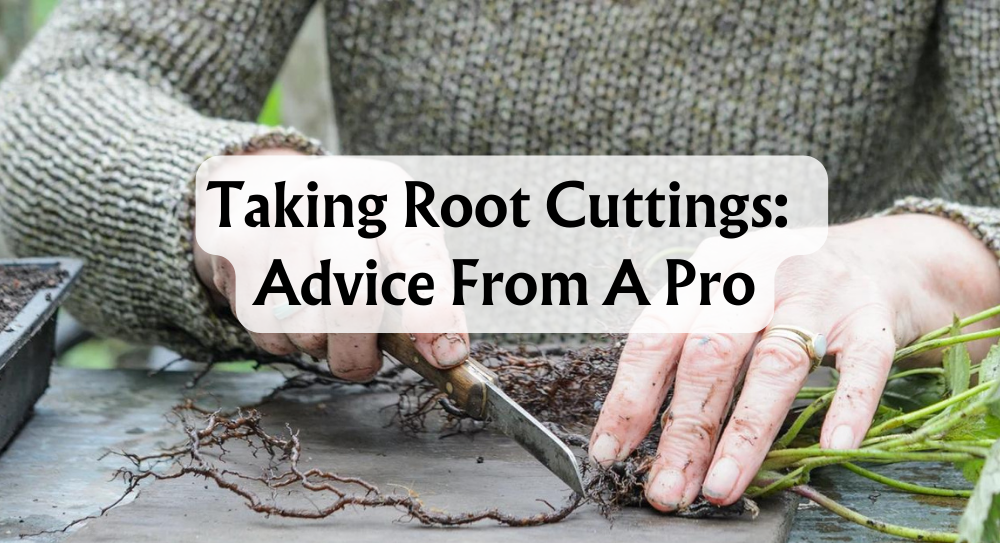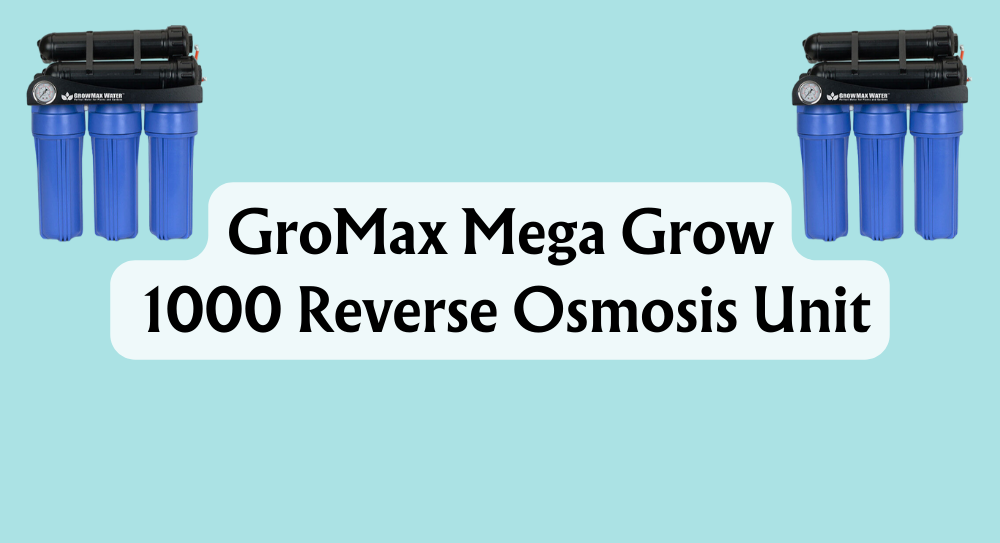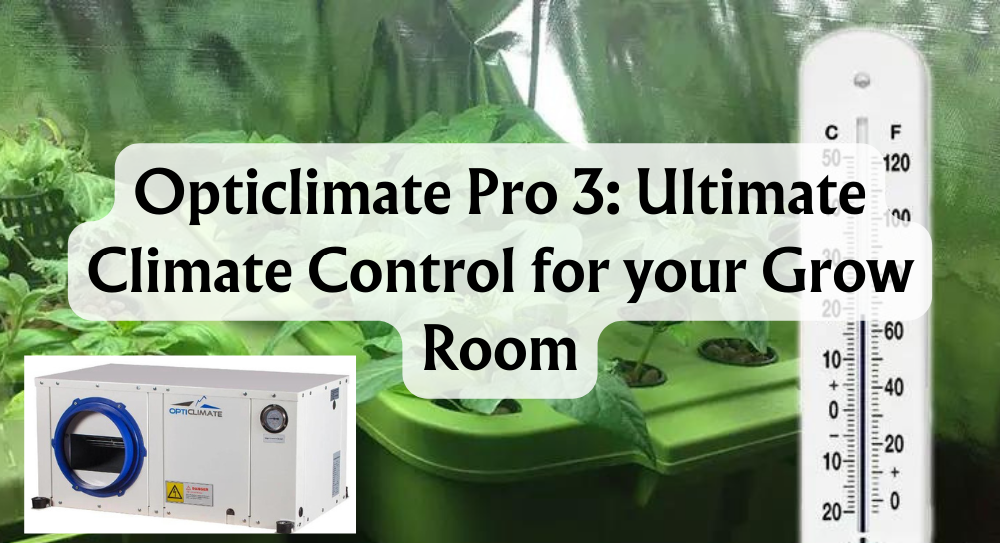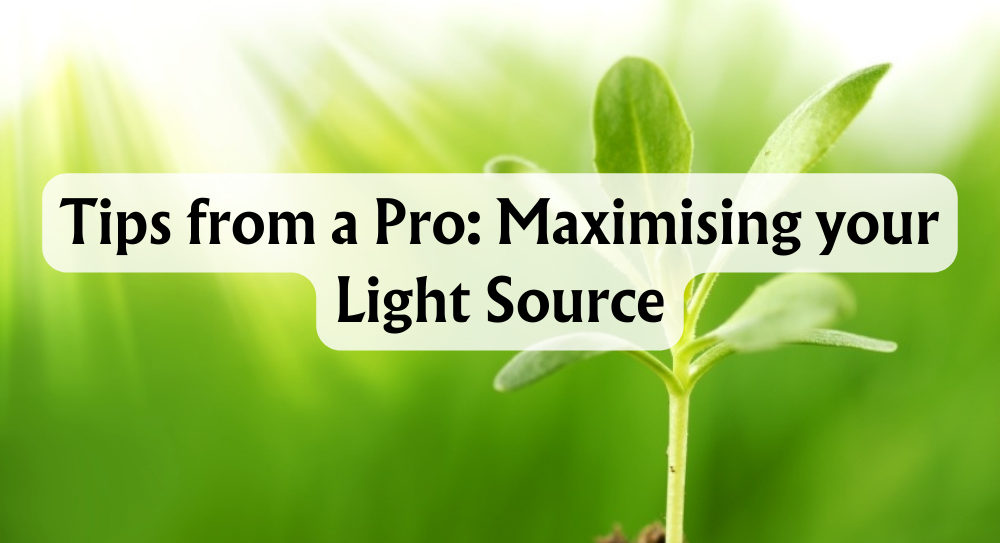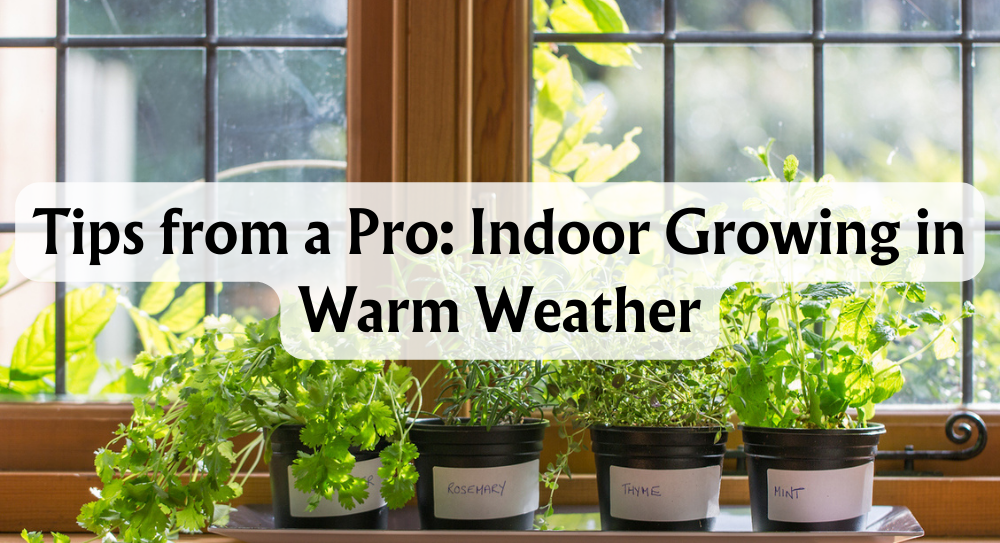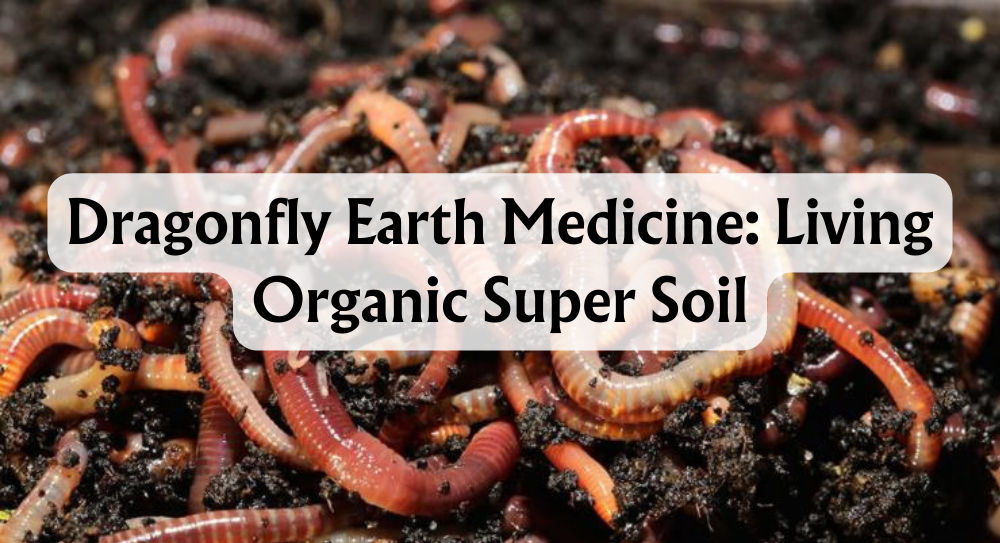In the world of gardening, hydroponics has emerged as a popular method for growing plants without soil, using nutrient-rich water to sustain plant growth. What makes hydroponic gardening appealing is its efficiency and the ability to control the growing environment, making it ideal for indoor gardening. In this post, we'll explore how to use air stones to maximise the effectiveness of your hydroponic system. Air stones play a crucial role in delivering oxygen to plant roots, ensuring healthy growth and preventing root diseases.
Air stones, often used in aquariums, are small devices that diffuse air into fine bubbles when connected to an air pump. These bubbles increase the surface area for oxygen exchange, which is vital for the health of your plants' roots. While extremely beneficial, there are a few considerations, such as ensuring compatibility with your hydroponic setup and regular maintenance.
Our goal is to offer practical insights gained from our experience in hydroponic gardening, helping you utilise air stones effectively. We'll delve into the advantages and potential drawbacks, providing you with the knowledge needed to optimise your indoor garden.
Key Takeaways
- Air stones enhance oxygenation in hydroponic systems.
- Proper installation and maintenance are essential.
- Choosing the right air stones can prevent plant diseases.
What Are Air Stones
Air stones are fascinating little devices we use to produce tiny air bubbles in water. These bubbles increase the oxygen level in hydroponics, promoting healthy plant growth. By disseminating air evenly, air stones ensure that our plants' roots get the oxygen they crave.
A variety of hydroponic air stones are at our disposal, coming in different types, shapes, and sizes. You'll find them in cylindrical, dome, or disk forms, each serving a specific purpose. While some are small enough to fit in tight spots, others are larger and better suited for bigger systems.
These stones are crafted from various materials, including ceramic, plastic, and even aluminium oxide. Ceramic air stones, renowned for their high porosity, allow for a fine distribution of bubbles. Conversely, some users favour aluminium oxide for its strength and durability.
Connecting air stones is straightforward. We attach them to air pumps using flexible hoses. This setup transforms our reservoir into a bubbling hub of aeration, maintaining vital oxygen levels in the water.
Did you know air stones can differ in pore size? Smaller pores generate finer bubbles, enhancing the dissolved oxygen levels in the water. The choice between broad and fine pores depends on the specific needs of our hydroponic setup.
How Do They Work In Hydroponics
When it comes to hydroponics, oxygen plays a crucial role. It’s essential for the health and growth of plants. Our plants absorb nutrients and water more efficiently when there's ample oxygen available. This aids in enhanced root development and improves nutrient absorption.
Air stones help by increasing the dissolved oxygen levels in the nutrient solution. They do this by creating a stream of tiny oxygen bubbles into the water. This means more oxygen is available for the hydroponic plant's roots, encouraging healthy growth.
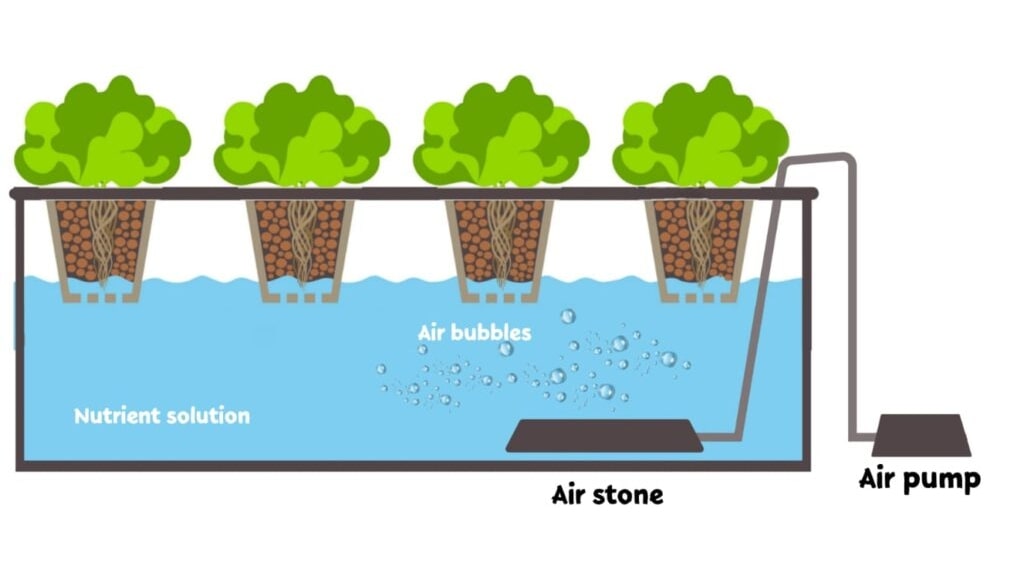
The bubbling action of air stones can also create turbulence in the water. This prevents water from becoming stagnant, which is crucial to avoid issues like algae growth. It also ensures even distribution of nutrients, improving the circulation of the solution.
Moreover, the air stones are essential for root respiration. When roots have adequate oxygen, they can convert nutrients into energy more effectively, boosting plant performance and yield. In a hydroponics system, better root respiration leads to more robust growth.
Examples abound of how various air stones impact hydroponic crops. In some systems, using air stones has led to a 20% increase in plant growth. Many hobbyists and professionals alike notice more vibrant plants with stronger stems and larger leaves than in systems without air stones. These enhancements make hydroponics a more viable and rewarding option for growing crops indoors.
Air Stones Advantages
When it comes to hydroponics, air stones truly shine in enhancing our growing systems. First and foremost, they play a crucial role in improving the oxygenation and aeration of the water. By boosting the levels of dissolved oxygen, air stones ensure that our plants have what they need for optimal growth.
Another significant advantage is the promotion of root health and growth. Adequate oxygen levels are vital in preventing the buildup of harmful anaerobic organisms. By ensuring proper oxygen distribution, air stones help protect our plant roots from disease and strengthen their overall health.
Air stones provide a barrier against algae and pathogens, preventing their formation in the system. This benefit not only keeps our hydroponic setup cleaner but also enhances plant health.
An additional benefit is their ability to reduce noise and vibration from air pumps. This makes them a practical choice for quieter indoor gardening environments.
Moreover, air stones help increase the efficiency and durability of air pumps. By allowing effective water movement, they minimise stress on our equipment, extending its lifespan.
Installation and maintenance are straightforward. Air stones are easy to install and maintain, which makes them ideal even for beginners in hydroponics. Plus, with their affordability and wide availability, they fit seamlessly into any budget, making them accessible to all.
Incorporating air stones into our hydroponic systems proves to be a valuable investment, contributing to healthier and more robust plant growth.
Air Stones Disadvantages
When using air stones in hydroponics, we often encounter a few challenges. One of the main issues is clogging. Over time, mineral deposits and debris can accumulate, leading to blocked airflow. This not only affects the efficiency but can also create anaerobic conditions, encouraging harmful bacteria that can lead to root diseases.
Air stones require regular maintenance. Cleaning and replacing them can be quite a task since they need to be kept in good condition to function properly. Most air stones need replacement every 6-12 months to maintain their performance.
In terms of resources, air stones may consume more electricity and water compared to other methods. This increased consumption might not be ideal for all hydroponic enthusiasts looking to optimise their energy and water usage.
There's the potential for salt build-up and pH fluctuations in the water. This is especially concerning because these conditions can stress plants, affecting their growth and health.
Compatibility can be an issue. Some air stones may not work well with certain hydroponic systems or plants. It’s essential to ensure that the air stone is suitable for the specific requirements of the plants and the setup to avoid any negative consequences.
How To Use Air Stones In Hydroponics
Let's talk about using air stones in our hydroponic systems. They're a fantastic tool for enhancing plant growth by optimising oxygen levels in the water.
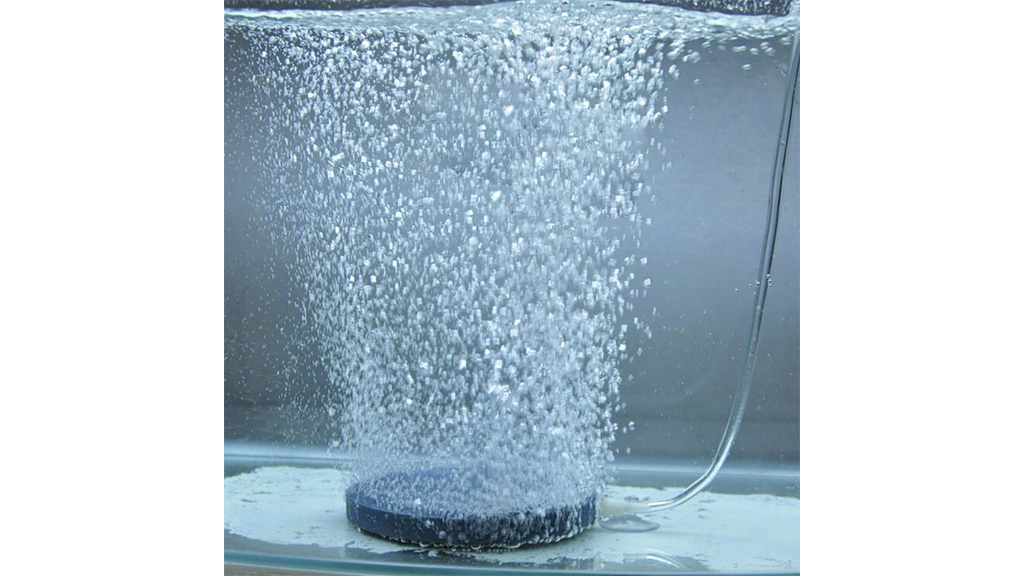
Choosing the Right Air Stone
We start by selecting the correct size and type of air stone. Options include cylinder, dome, and microbubble air stones. Our choice depends on the size of the hydroponic reservoir and the plants we’re growing.
Selecting Air Pumps and Tubes
Next, ensure we have an air pump that matches our chosen air stone. The pump should be capable of generating enough pressure for fine bubbles, which increases dissolved oxygen. We use silicone tubing to connect the air pump to the air stone, and secure the connections with hose clamps.
Installation Process
We place the air stone at the bottom of the hydroponic reservoir. This positioning guarantees even bubble distribution throughout the nutrient solution. It’s important to position the air pump above the water line, with a check valve to prevent backflow.
Adjusting Air Flow
We adjust the airflow for optimal bubble size and frequency. This may take some experimentation, but it is essential for effective nutrient delivery to the plant roots.
Monitoring and Maintenance
Regular monitoring is key. We check the air stone, air pump, and water quality regularly. Cleaning the air stone every few months and replacing it every 6–12 months helps maintain performance.
This step-by-step approach should keep our hydroponic system running smoothly. Happy growing!
Further Considerations
When using air stones in hydroponics, the right balance of dissolved oxygen is essential for plant health. Dissolved oxygen meters are helpful tools for measuring levels. We should aim for at least 5-8 mg/L to meet the oxygen demand of most plants. Ensuring an adequate oxygen supply boosts nutrient uptake and supports root development.
Troubleshooting common issues with air stones can prevent disruptions in the system. Let's keep an eye out for clogging, which often results from mineral build-up. Regular cleaning with a vinegar solution can help maintain functionality. If we notice unusual noise from our aquarium pump, it might indicate a placement issue or require a check for leaks in connections.
We have various aeration techniques to complement air stones. Consider using air curtains or air domes for enhanced oxygenation. Air injectors can also work when combined with air stones, offering different diffusion patterns. These methods can improve air distribution, making our system more efficient.
Experimentation is key. Trying different air stones, such as ceramic or micro bubble varieties, alongside various settings, can optimise results. Observing how different stones perform is crucial. It allows us to adapt our setup according to the unique needs of our plants.
By addressing these considerations and being proactive with maintenance and testing, we can ensure our hydroponic systems stay in top shape, maximising plant growth and health.
Conclusion
Using airstones in hydroponics offers several benefits that are hard to overlook. They help boost oxygen levels, improve nutrient absorption, and promote healthier root systems.
These small devices can have a significant impact on plant health and productivity. By enhancing oxygenation in the nutrient solution, airstones play a vital role in preventing root suffocation.
We encourage everyone to experiment with airstones in their hydroponic systems. Whether you're a seasoned grower or just starting, optimising your setup with the right airstones can make a noticeable difference.
Please feel free to share your experiences, ask questions, or provide feedback. We'd love to hear how airstones have influenced your hydroponic journey.
Thank you for joining us on this exploration into hydroponics. We appreciate your interest and engagement in using this innovative method to nurture plants effectively.







 Store Locator
Store Locator



